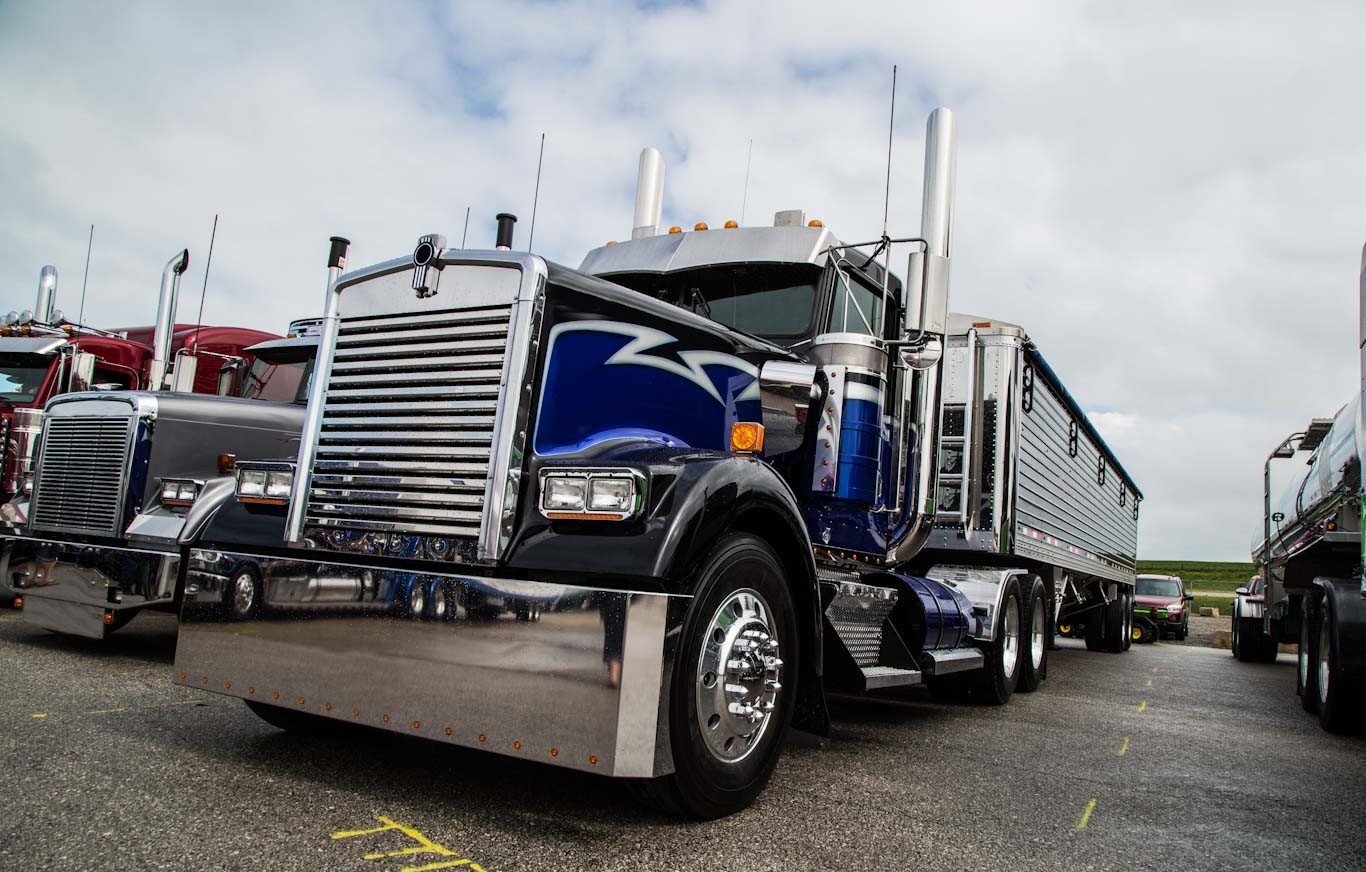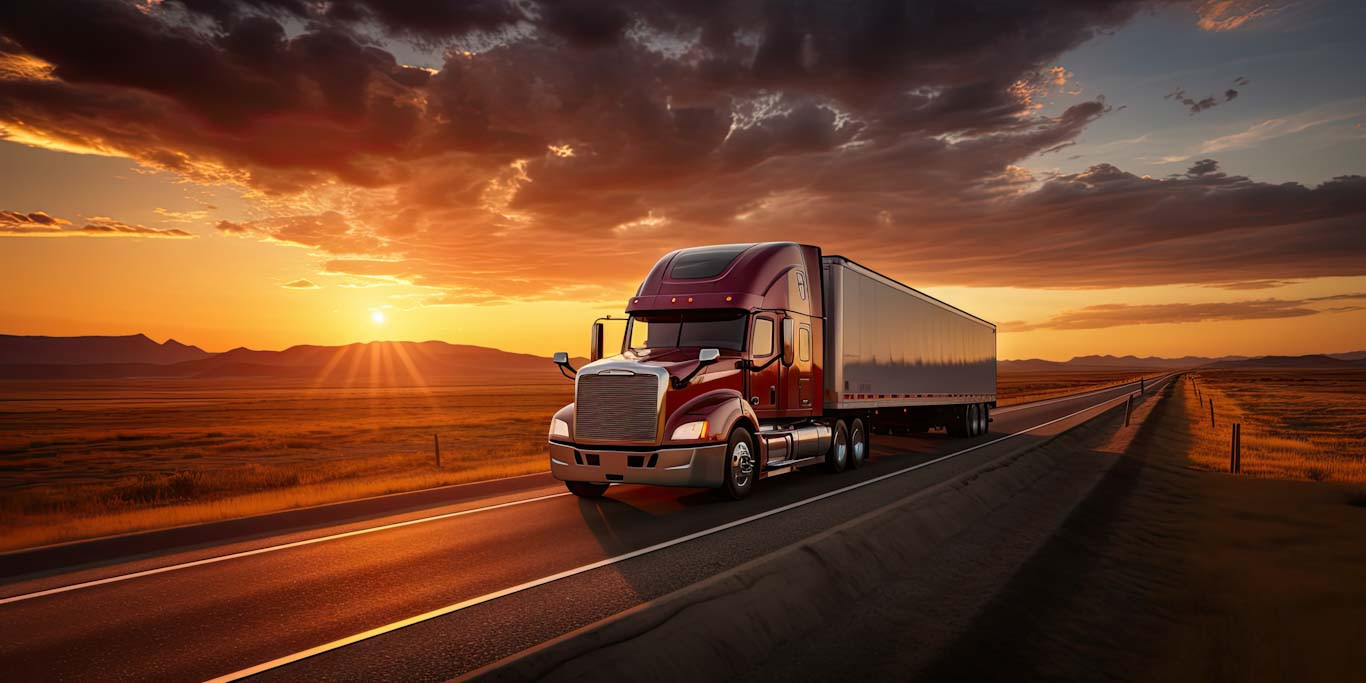How to Start Your Own Trucking Company in 10 Steps
Jun 18, 2025 in Tips and TricksThinking of starting your own trucking company? Whether you're an experienced driver ready to go independent or an entrepreneur eyeing the logistics market, launching a successful trucking business takes planning, compliance, and the right investments. Here are 10 key steps to get your trucking company on the road.
1. Write a Business Plan
A clear business plan lays the groundwork for growth. It should include:
-
Business goals and mission
-
Target market and freight type
-
Cost structure (equipment, insurance, permits, fuel)
-
Revenue projections and break-even analysis
-
Growth strategy (owner-operator or fleet model)
This plan helps guide decisions and attract lenders or investors.
2. Choose a Business Structure and Register Your Company
Select your legal entity:
-
Sole Proprietorship – Simple, but no liability protection
-
LLC – Popular among truckers for its liability protection and tax flexibility
-
Corporation – Best for larger fleets or long-term scaling
Then:
-
Register your business name (DBA) with your state
-
Obtain an Employer Identification Number (EIN) from the IRS
3. Get Your Operating Authority
To haul freight legally, you’ll need to:
-
Apply for a USDOT Number via FMCSA
-
Obtain an MC Number (for-hire interstate authority)
-
File a BOC-3 (Designates a legal agent in each state)
-
Complete Unified Carrier Registration (UCR)
For intrastate carriers, check with your state’s DOT for local requirements.
4. Understand and Meet Insurance Requirements
Trucking insurance is mandatory and expensive, but essential. Most carriers need:
-
Primary liability ($750,000–$1 million minimum)
-
Cargo insurance (usually $100,000)
-
Physical damage, bobtail, and general liability as needed
Get quotes from trucking-specific insurance brokers and ensure it’s filed with FMCSA.
5. Obtain Required Permits and Licenses
Depending on your operations, you may need:
-
IRP (International Registration Plan) – for apportioned vehicle registration across states
-
IFTA (International Fuel Tax Agreement) – for fuel tax reporting
-
Heavy Vehicle Use Tax (Form 2290)
-
State permits (like KYU, NY HUT, NM Weight-Distance)
Permits vary based on your routes and equipment—do your research or work with a permitting service.
6. Buy or Lease a Truck and Trailer
Choose your equipment wisely:
-
Buy new for warranty and longevity
-
Buy used for lower upfront cost
-
Lease if you want flexibility or lower capital requirements
Consider your freight type (dry van, reefer, flatbed, etc.), and check for financing options with low rates and maintenance coverage.
7. Set Up a Compliance and Record-Keeping System
FMCSA requires strict compliance. Stay ahead by setting up systems for:
-
Hours of Service (HOS) tracking via ELDs
-
Driver Qualification Files
-
Maintenance logs
-
Drug and alcohol testing enrollment
-
Accident and inspection records
You can manage these yourself or use a third-party compliance service.
8. Develop a Bookkeeping and Tax Plan
Trucking comes with complex taxes and expenses. Set up:
-
A business bank account and accounting software
-
A system to track expenses: fuel, repairs, per diem, tolls, etc.
-
Quarterly estimated tax payments
-
Support from a CPA who understands trucking
Proper bookkeeping can save thousands in taxes and help avoid IRS trouble.
9. Find Loads and Build Relationships
Once your authority is active, you’ll need freight to haul. Start with:
-
Load boards like DAT, Truckstop.com, and 123Loadboard
-
Freight brokers and dispatchers
-
Direct shippers (ideal for consistent high-paying freight)
-
Factoring companies to improve cash flow
Track rates, lanes, and fuel costs to remain profitable.
10. Scale Smart and Stay Legal
As you gain experience:
-
Decide when to add trucks or hire drivers
-
Stay compliant with renewals and audits
-
Keep insurance updated
-
Monitor CSA scores and safety inspections
Growth is great—but it should be strategic. Build a reputation for reliability and safety to earn better contracts and higher rates.



